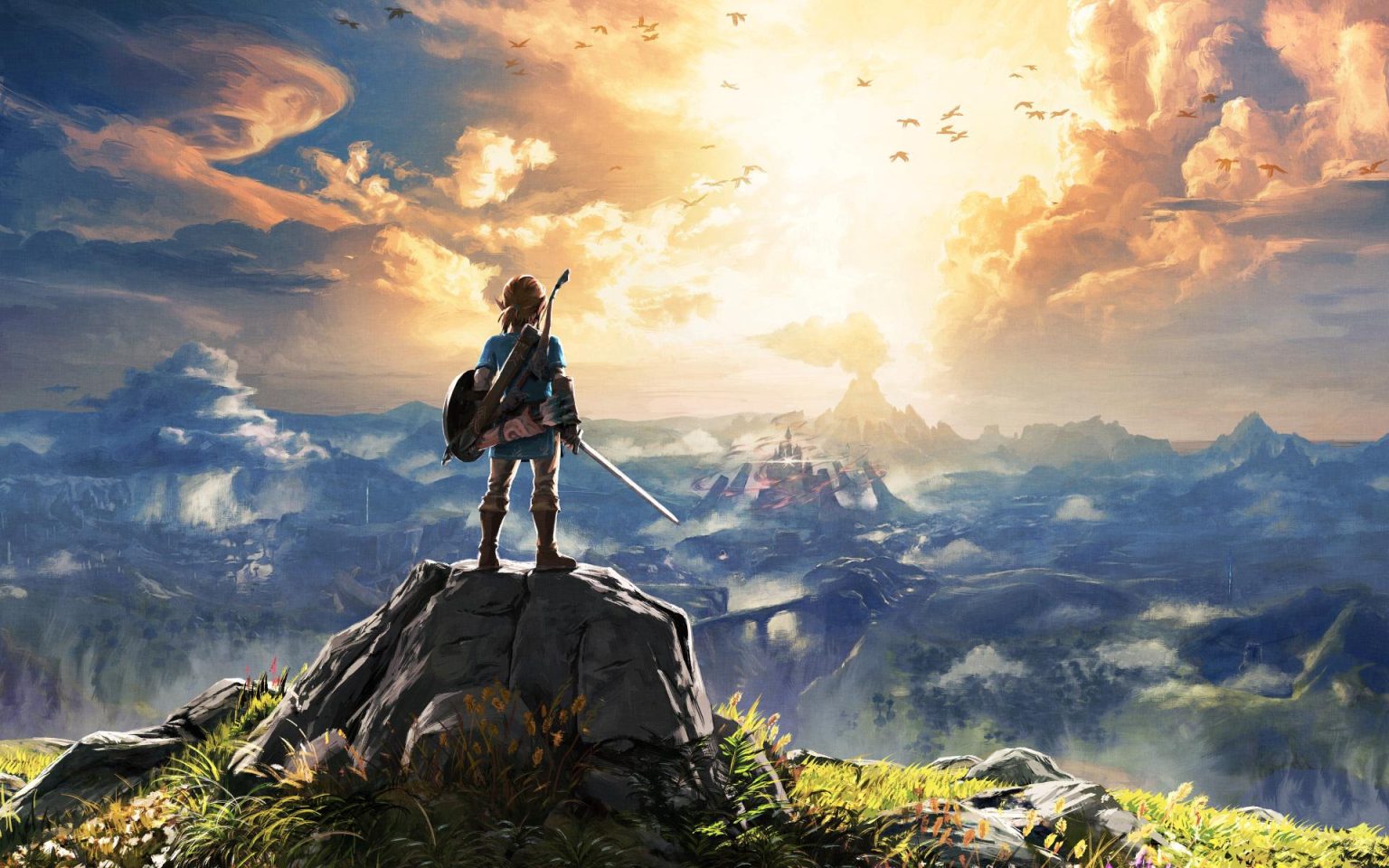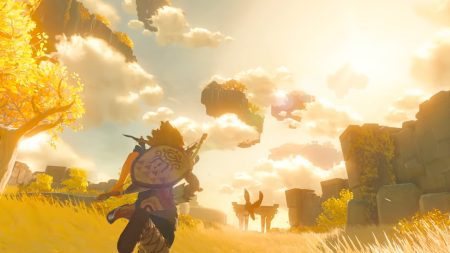A Taste of Freedom
Disclaimer: This review contains mild spoilers for the story and structure of The Legend of Zelda: Breath of the Wild. Zelda purists, you have been warned.
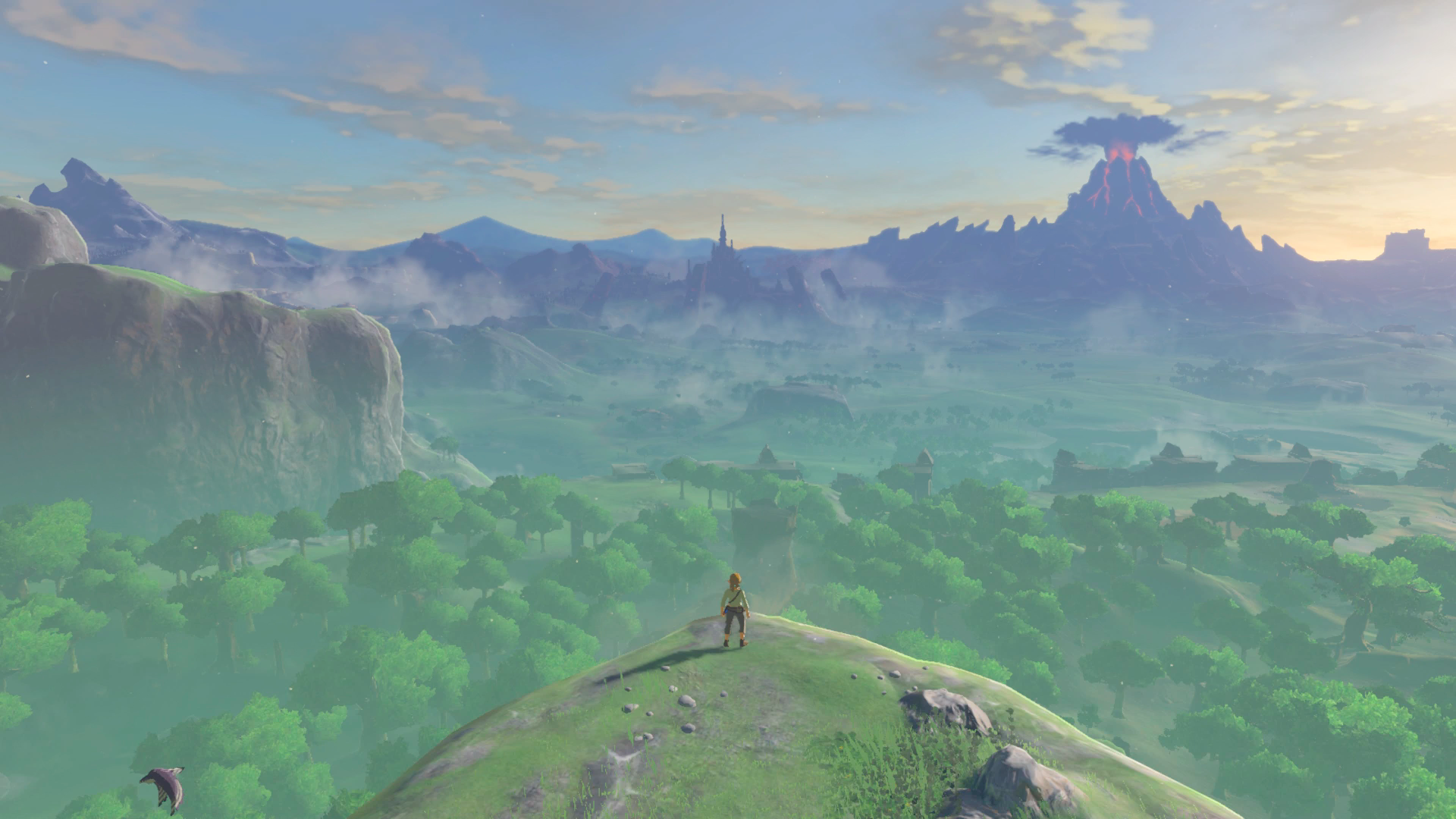
The Legend of Zelda is a series that always seems to reinvent itself with each new entry. In Majora’s Mask, time-management was central to both its plot and gameplay. Wind Waker introduced exploration on the open sea and established a line of Zelda games focusing exclusively around Young Link and a submerged Hyrule. Skyward Sword reimagined how we approached combat in a Zelda game, and Twilight Princess offered a gritty, twisted interpretation of the 3D title that started it all back in 1998.
Like its predecessors, The Legend of Zelda: Breath of the Wild does something entirely new for the franchise. Many would even argue that it has made some of the biggest changes yet for the series. Forgoing traditional items and dungeons for a sprawling overworld that is entirely open from the beginning of the game, Breath of the Wild begs players to explore its secrets at their own leisure.
Whether the game succeeds on this basis is up for players to determine for themselves. A lot of effort went into crafting the world of Hyrule on Nintendo Switch and Wii U, and there are likely to be arguments to come regarding whether BotW’s open nature has revolutionized or compromised the series that it is built upon. While I can only speak for myself due to the nature of the game’s high level of freedom and non-linearity, I offer this perspective to those willing to listen: Breath of the Wild is an engaging experience that earned my respect and admiration over my 100+ hours of playtime.
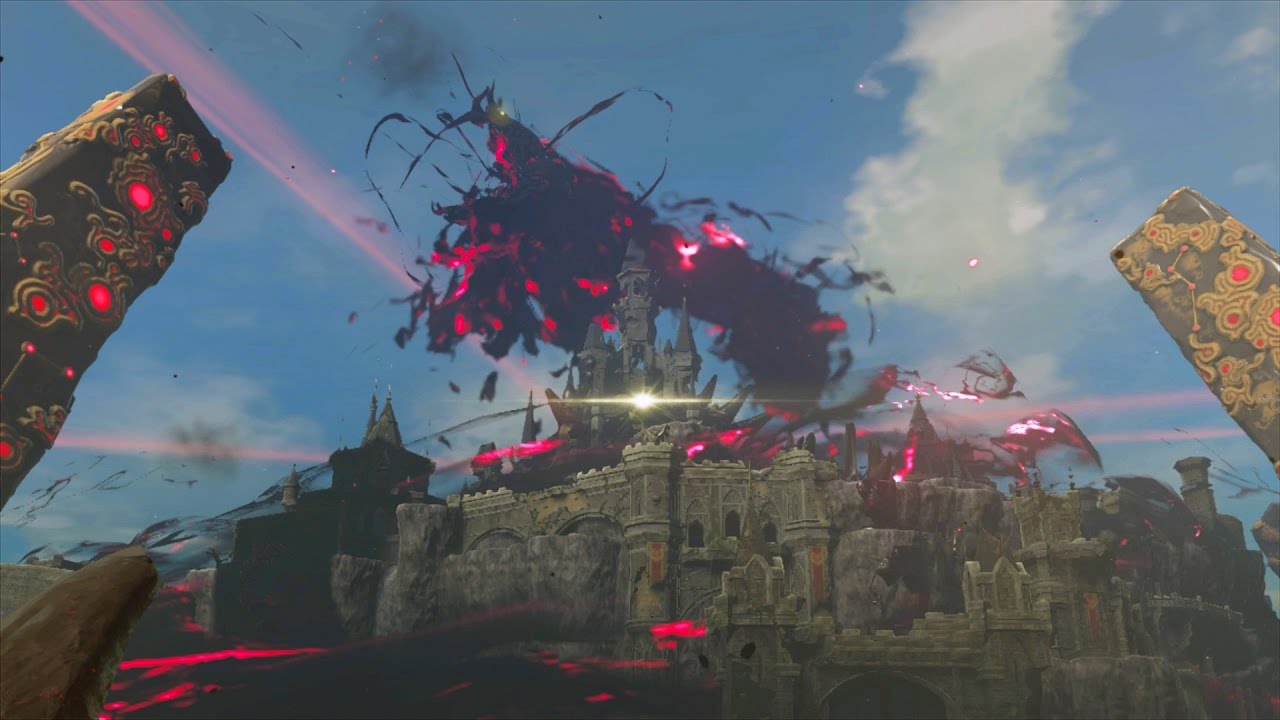
Story
Breath of the Wild opens with little fanfare. Link awakens from cryosleep in a foreign chamber. After wandering outside for the first time in years, he discovers that Hyrule has been taken over by Calamity Ganon, and that Zelda is attempting to seal him from within Hyrule Castle. Unfortunately, her power is waning, and it’s only a matter of time before Ganon’s power is released in full.
Tasked with taming the four divine beasts around the land (BotW’s versions of dungeons) in order to weaken Ganon’s power, Link embarks on an epic quest, with the end goal being to infiltrate Hyrule Castle and defeat Ganon once and for all.
It’s a simple setup, and by most accounts it works. Story is doled out incrementally through the acquisition of memories (BotW’s take on audio tapes that allow players to see various interactions Link had with Zelda and others in the past). Other pieces of narrative are told in the form of diaries and journals laying about in the open world.
With such an approach to storytelling, a lot of what has transpired in Hyrule, both present and past, is left for the player to infer. It fits with BotW’s commitment to putting player decision-making first. Don’t need all the plot exposition? Skip the reading. Not a fan of cutscenes? Better yet, ignore the memory sequences altogether.
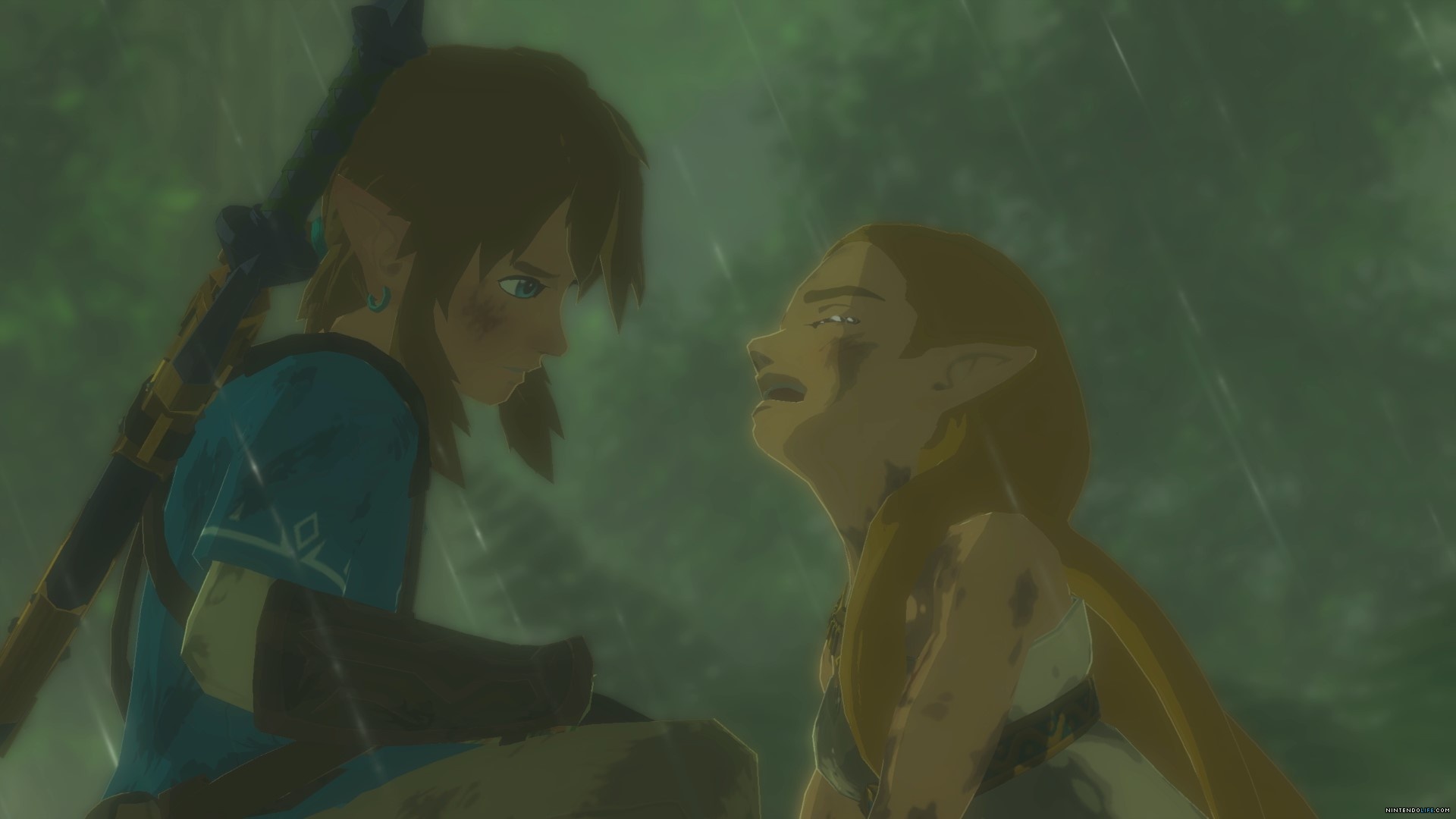
While some will cherish the ability to take in the game’s story how and when they want to, others will find the narrative lacking focus, without the same pull and drive that Zelda games before have shown. Personally, I appreciated the fragments of story, and found them enhanced by another series’ first: voice acting. Gone are the days where characters speak through textboxes (although Link and all NPCs in the game remain silent). Instead, voiced lines accompany every cutscene in the game, adding gravitas to the narrative and bringing The Legend of Zelda into the modern age.
The story isn’t without fault. The four “champions” in the game deserved better backstories and more screen time. The game also ends rather abruptly, with a short cutscene that poses far more questions than it answers. Even after getting the game’s “true” ending, I longed for more closure between Link and Zelda. The fact that Nintendo is selling an epilogue that further fleshes out Zelda and the champions as part of a Season Pass only exacerbates my qualms with the narrative, as this is content that should have been in the main game. Taken as a whole, however, the story of BotW keeps players invested in the events of Hyrule, and brings us closer than ever to the relationship between Princess Zelda and her sworn guard, Link.

Gameplay
Despite the surprising quality of BotW’s story, the real meat of the game lies in its world and exploration. Over his travels, Link will uncover various settlements, races, and ruins as he prepares to defeat Ganon.
The journey of discovery is by far the strongest aspect of BotW. On top of every mountain, at the bottom of every canyon, over every hill, there is always something new to catch the player’s eye.
From the moment players finish BotW’s version of a tutorial, it’s easy to become enamored by the possibilities that are available right from the game’s outset. Towers scatter the landscape. With a quick climb to the top of one, Link can unlock the map for a new section of the game world. While at one of these high vantage points, a peripheral scan of the horizon yields numerous orange-colored monuments in the distance. With the use of BotW’s binoculars mechanism, players can tag their discoveries and plot a course towards their new goals.
Many of the discoverables in BotW come in the form of these aforementioned monuments, known as shrines. Acting both as warp-points within the open-world and mini-dungeons, shrines offer bite-sized puzzles for players to solve. Doing so rewards players with a “spirit orb,” BotW’s version of heart pieces, except this time around they can be applied to either gaining new hearts or extending Link’s stamina meter.

The gameplay loop here is pretty clear: find towers, unlock portions of the map, and complete shrines while keeping an eye out for memories and the occasional divine beast. There’s a lot to see and do in the world, made even bigger by a staggering 700 korok seeds, mini-puzzles littering the landscape that task players with picking apples from trees, moving stone blocks, and shooting aerial targets in order to expand Link’s inventory. When navigating the world of BotW, there’s rarely a dull moment.
The divine beasts are perhaps the best individual segments of the journey. While dungeons are gone in the traditional sense, the divine beasts serve as interesting alternatives. After a brief action setpiece to gain entrance to the beast, players are then greeted by a large room serving as one massive puzzle on the inside. By finding and activating a series of terminals within the beast, Link is able to challenge a piece of Calamity Ganon in the form of a boss fight, after which the beast is purged of corruption and joins Link cause.
The dungeons themselves, while easy, are fun and refreshing. I don’t want to give away the “hook” behind these areas, as discovering them for the first time is a satisfying moment in and of itself. That being said, it’s safe to say that no one’s experience will be quite the same when it comes to completing these giant puzzles.

The same cannot be said for the game’s shrines. If the divine beasts are on the easy side, then the shrines are their stupidly-simple cousins. Only one of the shrines (of which there are 120 total) left me scratching my head and coming back to it at a later time. Additionally, each shrine has the same visual aesthetic and musical background track, causing later puzzles to feel less unique and more mundane than anything else. In all honesty, I’d have much rather have had fewer overall puzzles in favor of several bigger, more-challenging dungeons that felt distinct and unique. At the end of the day, however, what’s here is serviceable at its worst, and enjoyable at its best.
Another aspect of BotW’s gameplay that falls flat is its combat. Enemy encounters never quite feel exciting, exacerbated by unintuitive controls and higher-level enemies made more-difficult solely through the cheap fix-all of having more health. In the late game, all challenge is removed thanks to various “upgrades” that Link receives through completion of divine beasts and gaining additional heart containers. Making matters worse is a lack of distinct enemy variety. Expect to come across the same keese, lizalfos, and bokoblins from hour 1 in hour 100. The end result is a repetitive combat system that encourages button mashing over reflexes and intelligent swordplay. Like the shrines in BotW, combat is hardly game-breaking. However, compared to the excellent battle system found in Skyward Sword, BotW’s feels lacking.
Thankfully, BotW’s shrines and combat are dwarfed by nearly every other moment spent playing the game. Whether buying armor in a nearby village, cooking up recipes for various stat boosts, or solving one of the numerous riddles given by the eccentric accordionist Kass, nearly every moment of BotW brought a smile to my face and left me with a sense of awe.
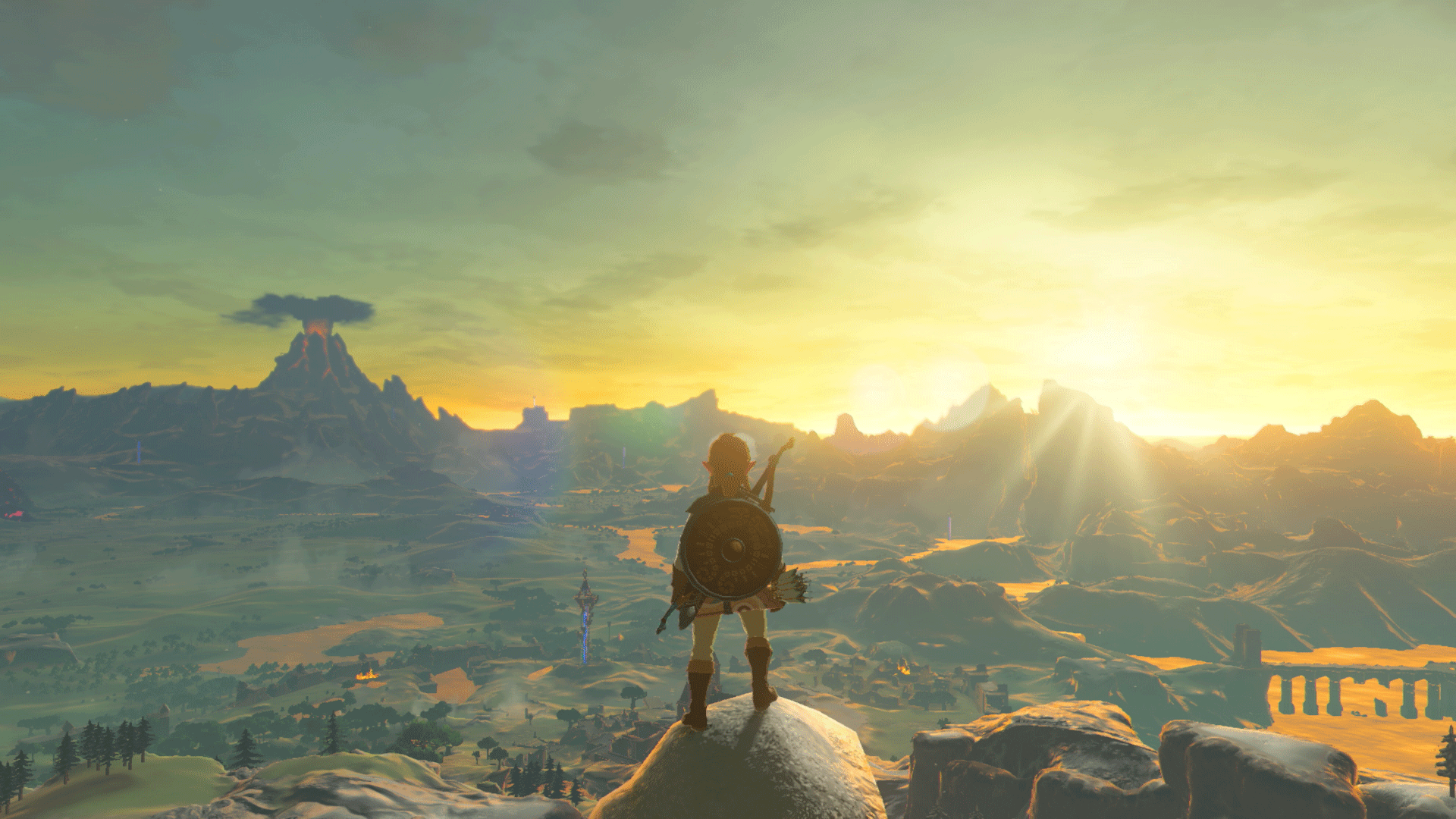
Presentation
Helping to sell this big, open sandbox from the first minute until the last is BotW’s presentation. While not a technical powerhouse (when docked on Switch, the framerate takes a noticeable hit in denser areas of the game), BotW establishes its visual prowess through an elegant art style. Lying somewhere between Twilight Princess’ stark realism and Skyward Sword’s painterly impressionism, BotW strikes a happy medium with its vivid color palette and razor-sharp textures and character models.
From large, pinewood forests to rain-soaked tropics decked with palm trees, and snowy mountaintops to flat stretches of desert, the world of BotW boasts incredible scale and variety in its locales. Environments pop with color, and towns are lively with NPCs that energetically go about their day. An active day and night cycle, complete with dynamic shadows and lighting, helps to add an air of authenticity to the fantasy world. And while enemy variety may be disappointing, stellar animation give liveliness to combat encounters; guardians are especially menacing in the way they scatter about Hyrule Field like spiders.
Further enhancing the experience is BotW’s soundtrack. Opting to eliminate an overworld theme and replace it with sparse piano interludes, the music of BotW is wonderfully subtle, leaving room for the ambient sounds of nature, wildlife, and silence that make up the world of Hyrule. More traditional town themes offer brief reprises to the quiet found in the wild, and range from whimsical string melodies to the slower, jazzier cadence of trumpets and drums. In its entirety, the music of BotW provides a beautiful backdrop to the hours of exploration dedicated to Link’s adventures.
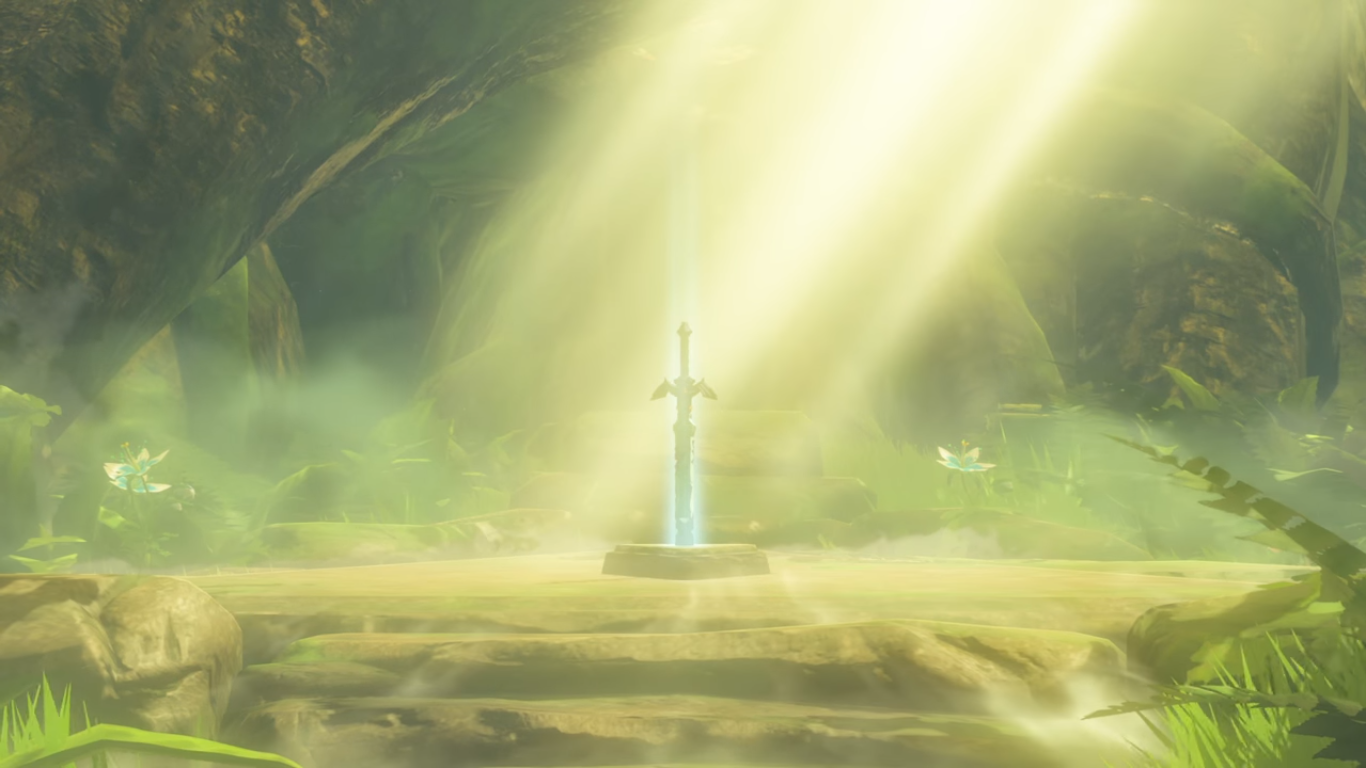
Final Thoughts
The Legend of Zelda: Breath of the Wild is a hard game to quantify. There are so many great things I feel have been left unsaid about it, from navigating labyrinths and shield-surfing down mountains to taking pictures of plants and fauna to complete Link’s photo compendium. I also feel like I’ve left out an equal number of complaints about the game, from weak boss fights and frustrating horse-riding to weapon breakability and monotonous side quests.
And yet, surprisingly, the good of BotW far outweighs the bad by a large and decisive margin. Never before have I played a game with a world so exciting to explore, adhering to all the expected traits of a Rockstar/Ubisoft open-world game while carving out its own niche. BotW doesn’t break as many rules of the genre as one would believe; it’s also far from an infallible game. Yet it masks all this behind strong world design and well-tuned gameplay mechanics that makes journeying through Hyrule satisfying despite its pitfalls.
BotW may not have the detailed story of The Witcher 3 or the combat depth of Horizon: Zero Dawn. Its puzzles and side quests may not even live up to those found in previous Zelda games. Yet despite its obvious flaws, Breath of the Wild rises higher and brighter than the sum of its parts to become a game any Zelda or action-adventure fan should experience.
Score: 9.2/10
David is the founder of The Punished Backlog. He has a problem finishing games he starts.
Just beat: Donkey Kong Bananza.
Working on: Hollow Knight: Silksong.
Can't wait for: Metroid Prime 4: Beyond.
Follow David on Twitter at @David_Silbert to keep up to date with all things The Punished Backlog.


